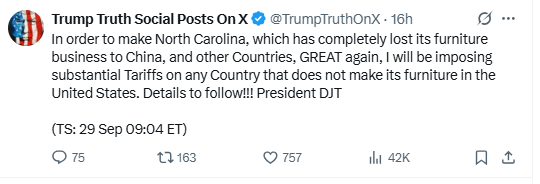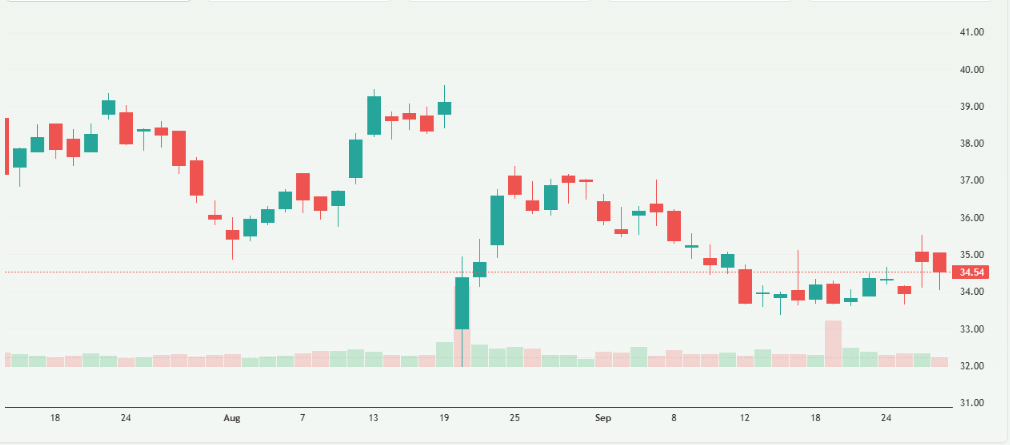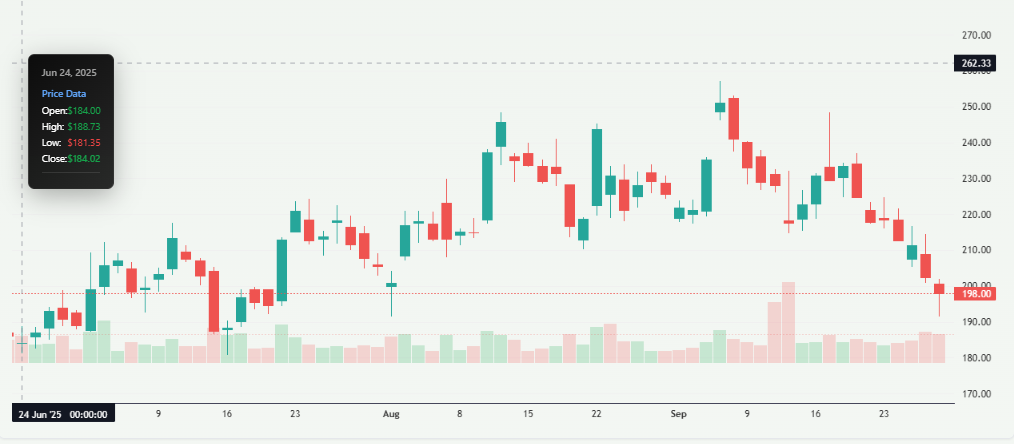Trump Tariffs Target Softwood Timber, Lumber, and Upholstery Goods
On September 30, 2025, President Donald Trump announced new tariffs targeting imported wood products. These include a 10% duty on softwood timber and lumber, and a 25% tariff on kitchen cabinets, bathroom vanities, and upholstered furniture. The tariffs are set to take effect on October 14, 2025, with rates potentially increasing in January 2026 for countries that do not reach trade agreements with the U.S.
The administration justifies these measures under Section 232 of the Trade Expansion Act of 1962, citing national security concerns. The White House argues that reliance on imported wood products threatens the resilience of domestic industries and infrastructure.
This move marks a significant escalation in the ongoing trade tensions between the U.S. and its trading partners, particularly Canada, the largest supplier of softwood lumber to the U.S. The tariffs are expected to have wide-ranging effects on industries such as construction, furniture manufacturing, and retail, as well as on consumers.
Let’s explore the implications of these tariffs on various stakeholders, including manufacturers, consumers, and international trade relations.
Background on Trump Tariffs
On September 30, 2025, President Donald Trump announced new tariffs on imported wood products, including a 10% duty on softwood timber and lumber, and a 25% tariff on kitchen cabinets, bathroom vanities, and upholstered furniture. These tariffs are set to take effect on October 14, 2025, with potential increases of up to 50% starting January 1, 2026, for countries that do not reach a trade agreement with the U.S. The administration justifies these measures under Section 232 of the Trade Act of 1974, citing national security concerns related to the domestic wood industry.
Focus on Affected Industries
Softwood Timber and Lumber
Softwood timber and lumber are essential for construction, furniture manufacturing, and various other industries. Canada has been the largest supplier of softwood lumber to the U.S., accounting for approximately 30% of the U.S. supply. The new tariffs have significantly impacted this trade relationship. In August 2025, the U.S. Department of Commerce announced a substantial increase in countervailing duties on Canadian lumber imports, raising them from 6.74% to 14.63%. This move followed a nearly tripling of anti-dumping duties from 7.66% to 20.56%. This results in a combined duty rate of 35% on Canadian softwood lumber.

The increased tariffs have strained the Canadian forestry sector, leading to potential sawmill cutbacks and reduced production. The U.S. Lumber Coalition supports the tariffs and argues that Canadian practices harm American producers. However, the Canadian government has challenged these duties under the Canada-United States-Mexico Agreement (CUSMA), seeking to resolve the dispute through legal channels.
Upholstered Furniture and Cabinets
The 25% tariff on kitchen cabinets, bathroom vanities, and upholstered furniture is expected to have significant effects on the U.S. furniture industry. Companies that rely on imported materials and components may face increased production costs, leading to higher prices for consumers. For instance, major furniture retailers like Williams-Sonoma and RH experienced stock declines following the announcement of the new tariffs.

The tariffs are part of a broader strategy to revive domestic furniture manufacturing, particularly in North Carolina. However, the implementation details remain unclear, and companies with more U.S.-based operations, such as La-Z-Boy and Ethan Allen, experienced smaller declines in their stock prices.

Economic and Market Impact
The introduction of these tariffs is expected to lead to higher prices for consumers and businesses. The increased costs may affect the affordability of housing and home furnishings, potentially slowing down the housing market. The U.S. Chamber of Commerce has expressed concerns that the tariffs could harm domestic industries, such as homebuilders and furniture manufacturers, that rely on imported wood products.
On the other hand, the tariffs aim to boost domestic production by encouraging U.S. manufacturers to increase output. The increased federal tax revenues from the tariffs are projected to be $171.3 billion, or 0.56% of GDP, which makes the tariffs the largest tax increase in the 2025 fiscal year.
Political and Trade Implications
The new tariffs have strained trade relations between the U.S. and Canada, leading to legal challenges under CUSMA. Canada has launched legal challenges against the U.S. anti-dumping and countervailing duties on softwood lumber, seeking to resolve the dispute through the trade agreement’s dispute resolution mechanisms.
The tariffs also reflect a broader “America First” trade policy. It aims to reduce trade deficits and protect domestic industries. While some domestic producers support the tariffs, others warn that they could lead to higher costs for consumers and retaliatory measures from trading partners.
Case Studies / Examples
The Canadian forestry sector has been significantly impacted by the increased tariffs. The U.S. Department of Commerce’s decision to raise countervailing and anti-dumping duties has led to concerns about the viability of Canadian sawmills and potential job losses in the sector.
In the U.S., furniture retailers like Williams-Sonoma and RH have experienced stock declines following the announcement of the new tariffs. The increased costs associated with the tariffs may lead to higher prices for consumers, potentially affecting sales and profitability for these companies.

Bottom Line
The new tariffs on softwood timber, lumber, and furniture show a big change in U.S. trade policy. They aim to support domestic industries. The tariffs may boost local production. But they create problems for businesses that need imported materials. Legal disputes and possible retaliation show how tricky it is to balance national interests with global trade.
Frequently Asked Questions (FAQs)
On September 30, 2025, Trump announced tariffs on softwood timber, lumber, kitchen cabinets, bathroom vanities, and upholstered furniture. They start on October 14, 2025, with possible increases in January 2026.
The tariffs may raise prices for wood, furniture, and cabinets. Housing and furniture costs could increase. Some domestic industries may benefit, but overall affordability for consumers could drop.
Disclaimer: The above information is based on current market data, which is subject to change, and does not constitute financial advice. Always do your research.






